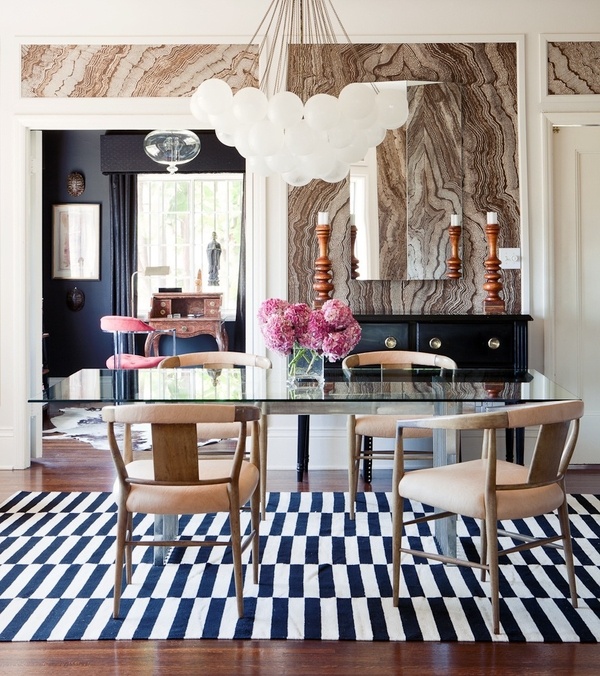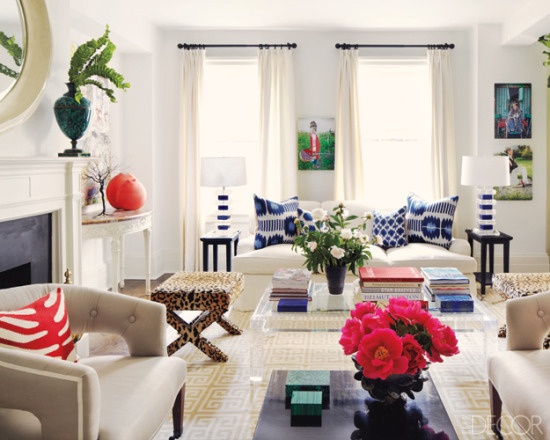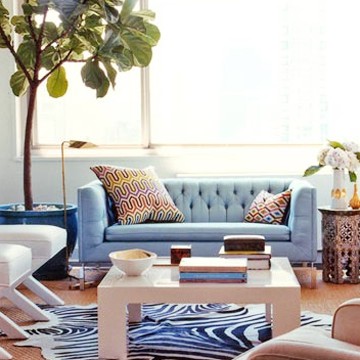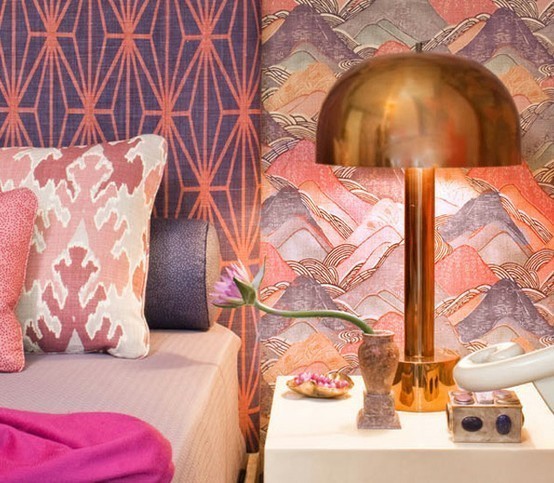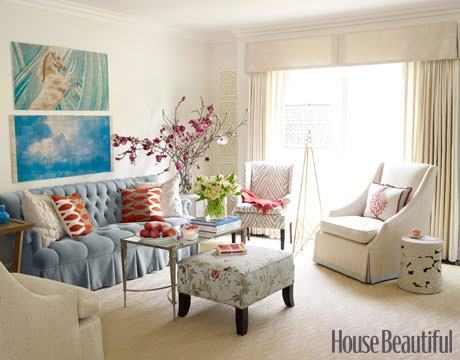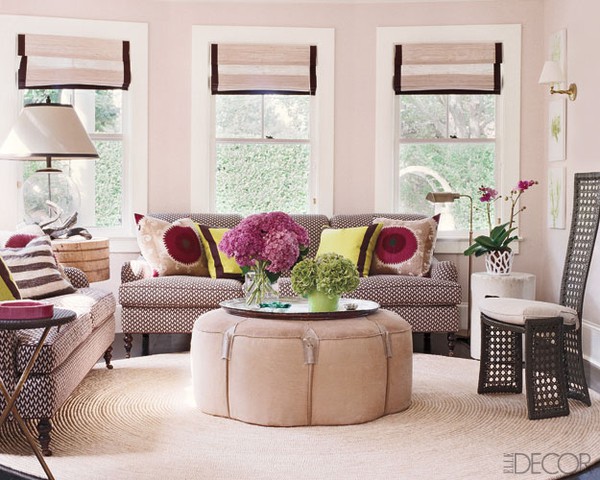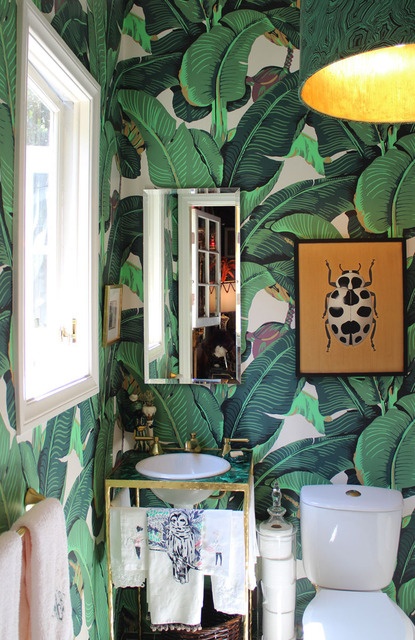Decorating with Pattern: Fun and Inspiring Ideas
Getting creative with pattern is an inexpensive and fun way to breathe life into your home environments. From wallpaper to towels, there are endless options to explore in order to achieve the look you want. Many people like to play it safe by having one pattern with all solids in a given room. but I urge you to experiment by bringing in different kinds of patterns to create unexpected and unique combinations. Prints and patterns are also a fun and creative way to express your taste and personality. Here are some important things to consider so you can decorate with patterns like a pro:
Mix Patterns
Limit Your Color Scheme
When you decide to add some pattern to your decor, remember to limit the palette of colors and designs you are using. Patterns can be quiet dominant in terms of color and appearance. For example, if you combine two floral patterns, be sure that they are not overpowering each other, but rather complimenting one another. Mixing patterns should achieve a balanced look. Don’t mix pastels with primary colors, or muted with vibrant jewel tones. A large floral, a smaller floral, a stripe and a check will work together if they are made from the same set of dyes in the same hue. Also, using related colors is what will tie the patterns together. Try choosing obviously different patterns, such as a wide stripe and a paisley, in the same palette and it will look intentional and not mismatched.
Avoid putting all patterned pieces together on one side of a room as they may throw off the room’s balance. Distribute solids and patterns smoothly throughout the room to create an aesthetically pleasing look. Also consider that other elements of the room, from the fireplace to paneling, contain patterns that should be considered as part of the grand scheme.


